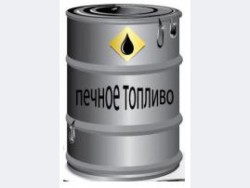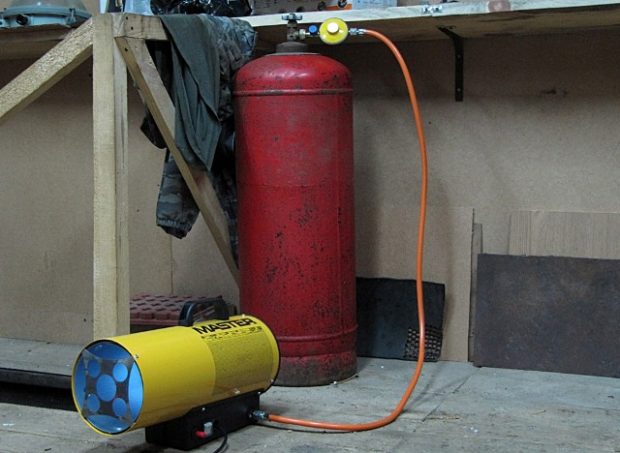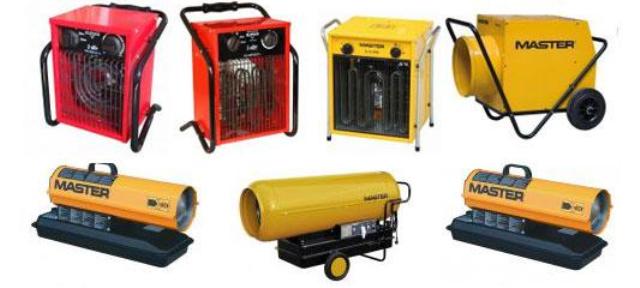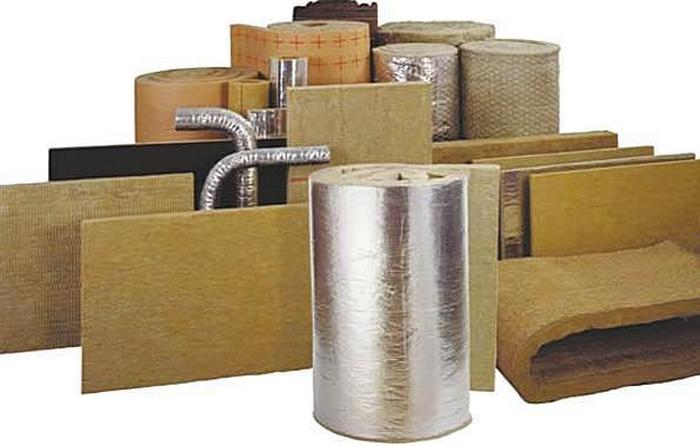Heating oil: characteristics, types, conditions of transportation and storage
The need for an alternative type of fuel, which would be a worthy replacement for gasoline, kerosene and diesel fuel, has existed for a long time. Scientists all over the world have been working on this problem for decades. Heating oil appeared by and large recently, but has already managed to gain immense popularity. The scope of its application can hardly be called wide, however, it is used everywhere for heating residential and commercial premises. The main advantages of heating oil in comparison with the main types are its high calorific value and low cost.
From what and how to produce heating oil?
 Heating oilissued from diesel fractions of secondary distillation. This is due to the low cost of production, as raw materials can be purchased in modern realities very cheaply. Also, in production, used oil can be used, which already has all the necessary properties, which means that it requires minimal processing.
Heating oilissued from diesel fractions of secondary distillation. This is due to the low cost of production, as raw materials can be purchased in modern realities very cheaply. Also, in production, used oil can be used, which already has all the necessary properties, which means that it requires minimal processing.
If diesel was used as the basis for production, then the output is dark heating oilwhich has specific properties. For example, it has a very low flash point, so it needs to be supplemented with additives synthesized from ethylene and vinyl acetate. Most often, such fuel is used in stationary heating systems.
 Today, fuel oil, a viscous dark brown liquid, often acts as heating oil. The properties of this type of fuel largely depend on which oil it was produced from. Unlike the previous type, this type of heating oil is more often used in boiler plants and ships. Much less often, nigrol is used as heating oil, which by itself is mainly used to lubricate the mechanical components of a car.
Today, fuel oil, a viscous dark brown liquid, often acts as heating oil. The properties of this type of fuel largely depend on which oil it was produced from. Unlike the previous type, this type of heating oil is more often used in boiler plants and ships. Much less often, nigrol is used as heating oil, which by itself is mainly used to lubricate the mechanical components of a car.
Heating oil is made on special high-tech equipment that allows you to manually adjust the properties and indicators. Highly qualified personnel should monitor the entire process. This is one of the main conditions for obtaining a high quality product. After manufacturing, the fuel must be stored in special sealed tanks so that it does not evaporate and does not lose its useful properties. Usually, small cylinders or barrels are used for this.
 Summarizing, we can say that heating oil is very similar to diesel, but still some of their characteristics are different. So, in heating oil contains many impurities, as well as organic compounds (except for the hydrocarbons themselves, which determine the composition of this liquid). Due to the fact that there are currently no clear requirements for the composition of heating oil, its production is inexpensive, and the fuel itself is ultimately one of the cheapest at the moment.
Summarizing, we can say that heating oil is very similar to diesel, but still some of their characteristics are different. So, in heating oil contains many impurities, as well as organic compounds (except for the hydrocarbons themselves, which determine the composition of this liquid). Due to the fact that there are currently no clear requirements for the composition of heating oil, its production is inexpensive, and the fuel itself is ultimately one of the cheapest at the moment.
To other advantages heating oil should include the absence of any specific odor during combustion, which is inherent in many other types of petroleum products. It is also worth noting the low freezing temperature, which in some cases reaches -28 0C, which significantly expands the scope of this type of fuel.Good fluidity, high efficiency, calorific value and profitability are the advantages that provide heating oil with a wide distribution and the possibility of use in various fields.
Main characteristics and types
The main characteristics of heating oil are: coking, acidity, ash, kinematic viscosity, flash point, density. It is on them that the buyer is recommended to pay attention first of all when choosing fuel for a heating installation at a particular facility. The effectiveness of future fuel use depends on its correctness.
So, the kinematic viscosity of the fuel should not exceed 8 mm2/ s, and the flash point must be at least 45 0C so that it does not ignite during transport. The maximum value of the ash parameter is 0.2%. As for the density, cetane and iodine numbers, which are important parameters for any fuel, in this case they are not standardized.
According to a number of indicators, heating oil can categorize into different types. So, today they single out following brands:
- heavy
- average;
- lung.
Compliance with a particular brand is determined by a number of indicators, including combustion temperature, viscosity, pour point, as well as heat capacity and the presence of impurities.
 Depending on how much sulfur as an impurity included in fuel, it can be:
Depending on how much sulfur as an impurity included in fuel, it can be:
- low sulfur (part of the sulfur does not exceed 0.5%);
- sulfurous (part of the sulfur is 0.5-1.1%).
In addition, heating oil can also be dark and light:
- dark fuel It is used mainly for domestic needs. It is great when you need to heat a small house or utility room, and is also used in small power plants. Dark heating oil is considered a direct alternative to gas, as it has a whole range of advantages. So, first of all, it is very economical and effective due to the fact that it has a high calorie content, and to achieve a certain temperature it takes a little. If in production we use diesel fuel, fuel oil, used engine oil, benzene and water in well-defined proportions, then the heat transfer rates will increase significantly, reaching record levels. To all these advantages, it is worth adding that this type of fuel has a low freezing temperature: even at -15 0With it remains in good condition. Well, the main plus of dark fuel is its low price;
 light fuel It can also be used in residential buildings, but it is more applicable in industrial conditions: large generators can work on it, it can also be used in agriculture. This area of distribution of light fuel is due to its increased heat dissipation, which allows, for example, to abandon a diesel engine when heating large residential premises and use light stove fuel.
light fuel It can also be used in residential buildings, but it is more applicable in industrial conditions: large generators can work on it, it can also be used in agriculture. This area of distribution of light fuel is due to its increased heat dissipation, which allows, for example, to abandon a diesel engine when heating large residential premises and use light stove fuel.
Since light fuel has much higher and attractive performance, now manufacturers often use the process dark fuel lightening. A special technology is used, during which the amount of sulfur in the fuel is reduced with the help of an extractant. Aromatic hydrocarbons are disposed of much less frequently, since this is an expensive process and costs even more than the fuel itself.
Scopes of use and storage
As already understood, heating oil has a relatively wide scope. Its main purpose is to use private house heating system and production sites where small and medium heating systems are used. Often heating oil is used in cottages and in country houses, where it is impossible to bring a gas pipeline. There is also a demand for heating oil among small boiler houses and agricultural enterprises.For example, part of the granaries, vegetable warehouses and cattle pens are constantly growing, which are heated exactly in this way.
 Today in our country there are many companies and enterprises that manufacture and sell various grades of heating oil. Today, in almost any city, you can choose one or another option for yourself. After acquiring it must be stored under certain conditions: away from ultraviolet, with medium humidity. Also, it must be protected from extremely low and high temperatures. This will save the key properties that will be needed for high-quality heating of residential premises and farm buildings.
Today in our country there are many companies and enterprises that manufacture and sell various grades of heating oil. Today, in almost any city, you can choose one or another option for yourself. After acquiring it must be stored under certain conditions: away from ultraviolet, with medium humidity. Also, it must be protected from extremely low and high temperatures. This will save the key properties that will be needed for high-quality heating of residential premises and farm buildings.
With transportation, as with storage, there are also no special difficulties. Typically, heating oil is transported in tankers, fuel trucks and even barrels by rail or road. Tanks should have a hole below for convenient fuel drainage, as well as a pressure control system so as not to compromise safety. If you need to transport a small amount of fuel, you can even use cans, but at the same time they must be made of metal or polymeric materials. By the way, during transportation it is recommended not to completely fill the tank, leaving about 5% of the total volume free.












